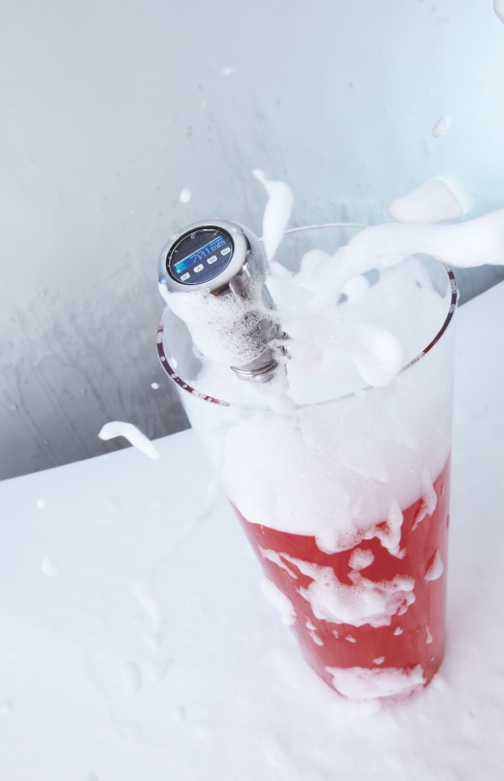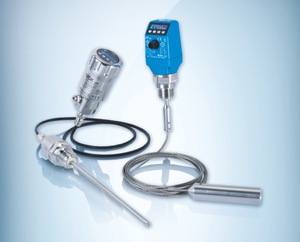

|
Edward Lowton
Editor |


|
| Home> | Plant, Process & Control | >Sensors and instrumentation | >Demand drives probe expansion |
Demand drives probe expansion
15 April 2015
Customer demand to use SICK’s LFP fluid probes in difficult applications has led to an expanded range of products, all offering accurate level detection and measurement in oil- and water-based fluids even in the presence of foam.

LFP’s guided wave radar technology means its measuring performance is unaffected by the density or conductivity of the fluid, making it consistently accurate even for deposit-forming and foaming liquids. Its cost-effectiveness and versatility have led to it finding new uses in factory automation, machine tool and machine building applications because it is universally-adaptable and quick to commission.
Says Darren Pratt, Sick UK’s Industrial Instrumentation specialist says: "Through feedback from customers trying to solve real problems on the ground, our product development team has innovated and adapted the LFP on many occasions e.g. for challenging tank shapes, materials or locations; where very hot fluids create challenges for the electronic components or for use with fluids having a very low dielectric constant or even highly corrosive fluids.”
As many level measuring applications have level ranges of up to 4m, either in large tanks or slim deep ones, the LFP’s probe length has been extended to provide hygienic level measuring options up to 4m with the LFP Inox.
Installations with limited headroom above the tank, which don’t have such stringent hygiene requirements, can now be solved using the LFP cubic rope version. A weighted stainless steel rope up to 4m long is used instead of a solid probe to guide the microwave pulse. This flexible rope makes installation and handling straightforward.
The LFP Remote amplifier versions provide a solution for higher process temperatures, to 180˚C or where the separation of probe and electronics provides easier access to the device for set up and diagnostics. So, the LFP Remote’s in-tank probe is connected remotely to the sensor and emitter via a flexible coaxial cable up to 3.3m long.
In addition to enabling use in higher temperatures and providing localised access to the display, the separation of probe and amplifier also facilitates autoclaving, a process where the whole tank is removed for deep sterilisation. The probe can be left fitted to the tank for this process as the BNC connection on the probe is completely sealed even without a mating connector fitted.
The Co-ax tube accessory was introduced for applications where the liquids measured have a low di-electric (e.g. oils) and for use in tanks which are open topped, have non-metallic walls or metallic protrusions inside the tank that could disrupt the sensing of the reflected radar pulse. A stainless steel, perforated sleeve over the probe facilitates measurement of the liquid level within it.
The LFP Cubic Titanium which features titanium wetted parts, was developed to provide accurate level readings in applications where stainless steel parts would be rapidly corroded or dissolved by chemical and/or galvanic reaction, such as in metal plating or with hot, concentrated acid solutions.
A patented 'foam algorithm' has also been implemented into all LFP models. It enables the probe to see through large amounts of foam and detect the true fluid level.
The LFP Cubic’s rugged ABS housing is suited to a wide range of process conditions with temperatures from -20 to +100°C and pressures from -1 to 10 bar. The sensor’s tough enclosure is rated IP67 and its robust design offers a long service life with minimal wear and maintenance.
The LFP Inox is designed for hygienic processes with interchangeable hygienic process connections, a process temperature range to 150°C (180°C in the remote amplifier version), and offers protection to IP69K with resistance to chemical cleaning and washdown.
- Cuts through the froth
- Packaging machines: Safeguarding operators
- Displacement sensor
- Laser scanning technology aids distribution centre security
- AGVs - the 'pollinator bees' of flexible manufacturing
- SICK debuts real-time compressed air energy monitoring
- New sensors for lower-risk safety applications
- Tamper-proof safety transponder
- Pressure warning
- Hazardous-area safety light curtains


















